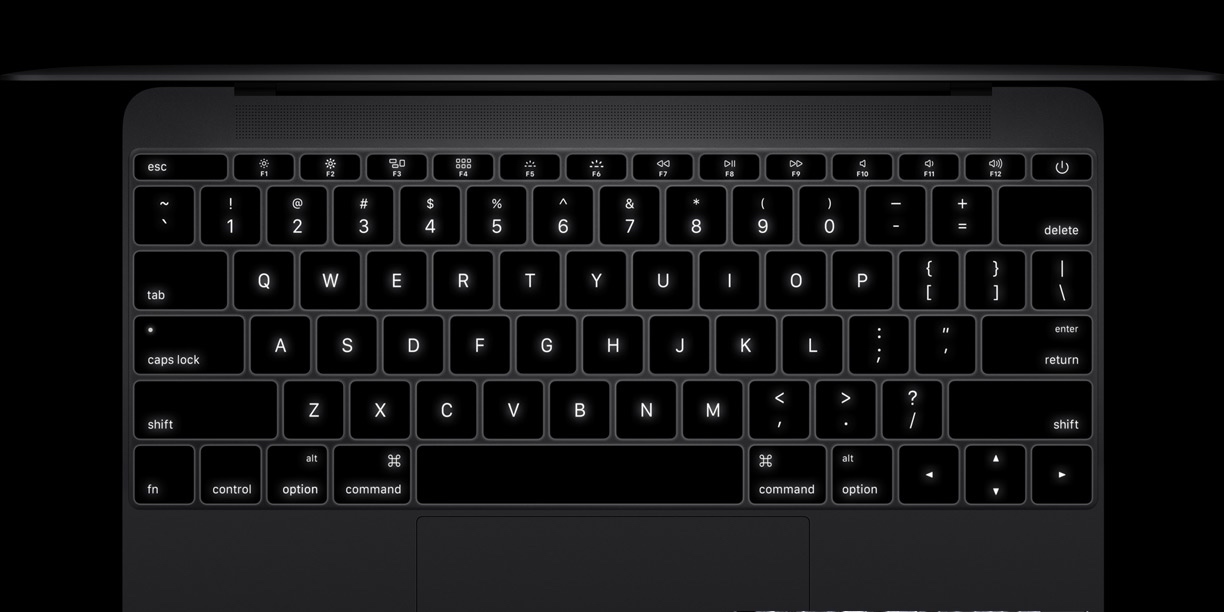

You can have several of different scripts for different special characters! To “type” the character with one keystroke, use Edit > Keyboard Shortcuts to apply a shortcut to your script (which appears when you choose Scripts from the Product Area pop-up menu). The tooltip tells you!Īfter you change the script, save it with a new name reflecting what it will type for you. Or find it in the Glyphs panel and hover your cursor over it. How do you find the Unicode number? If you have one typed already, select it and look in InDesign’s Info panel. Want an Russian captial BE? It’s 0411 (Unicode values are four characters, each of which is a number from 0-9, or a letter from A-F.) Then just replace the Unicode value (which you’ll find in parentheses four lines from the end of the short script) with the number you want. To make this script type the character you most want, open the script in any text editor, such as NotePad or TextWrangler or TextEdit. I don’t recall who wrote this (perhaps Dave Saunders or Peter Kahrel) but it’s marvellous, free, and easy to use. It’s called that because by default it types a dotless i character (Unicode #0131), but you can change it to any character you want. That’s when you need to use the Dotless_i.jsx script. I just want a way to type the same special character everytime. More after the jump! Continue reading below↓įree and Premium members see fewer ads! Sign up and log-in today.Īnyway, here’s the thing: I have enough to remember without having to stuff my head with Unicode values. You can type a straight quote even when the curly-typographer’s-quote feature is on in Preferences by typing Ctrl-‘ on the Mac or Alt-‘ in Windows.) But ironically, you can get the exact same look by typing a straight quote or straight double-quote and then applying italic.

(On my system, Times doesn’t have single or double primes, but Times New Roman do. Of course, the font you’re using still needs to include that character - most fonts don’t have a double-prime, so you’ll just get a pink rectangle or a box.

Armed with that knowledge, you can launch the script, type 2033, hit Enter, and the character appears.
#USE FONT GLYPHS ON A MAC 2018 CODE#
For example, the code for a double-prime symbol is 2033. In fact, it can type any character you want, as long as you know the Unicode character for it. In an earlier post, Anne-Marie wrote about the amazing compose.jsx script, which can create difficult accented or foreign-language characters easily. There are a host of characters I wish I could type, but which only appear in the Glyphs panel - accents, dingbats, symbols, ornaments, and more. Metrics: text: Test width: 28 height: 15 ascent: 13 descent: -3 max advance: 21 bounds: 0.6875,-0.046875 5.96875,9 origin: 28,0 pixels per em: 12,12 underline position: -3.8125 underline thickness: 3.29688įont /Library/Fonts/Verdana Bold Italic.Is there any way in InDesign to type prime/double prime symbols (feet and inches symbols) without having to go into the Glyphs panel? T09:36:53+01:00 0:00.010 0.000u 7.0.7 Annotate convert: annotate.c/RenderFreetype/1545/Annotateįont /Library/Fonts/Verdana Bold Italic.ttf font-encoding none text-encoding none pointsize 12 So, here is an example from Anthony Thyssen's excellent "ImageMagick Usage Pages" here convert -debug annotate xc: -font "/Library/Fonts/Verdana Bold Italic.ttf" -annotate 0 "Test" null: I think you can get what you want using ImageMagick which is installed on most Linux distros and is available for macOS and Windows.īasically, you need to tell ImageMagick, from the command line, to create an image containing the word "Test" and ask it to tell you the font metrics in its debug output as it does so:


 0 kommentar(er)
0 kommentar(er)
